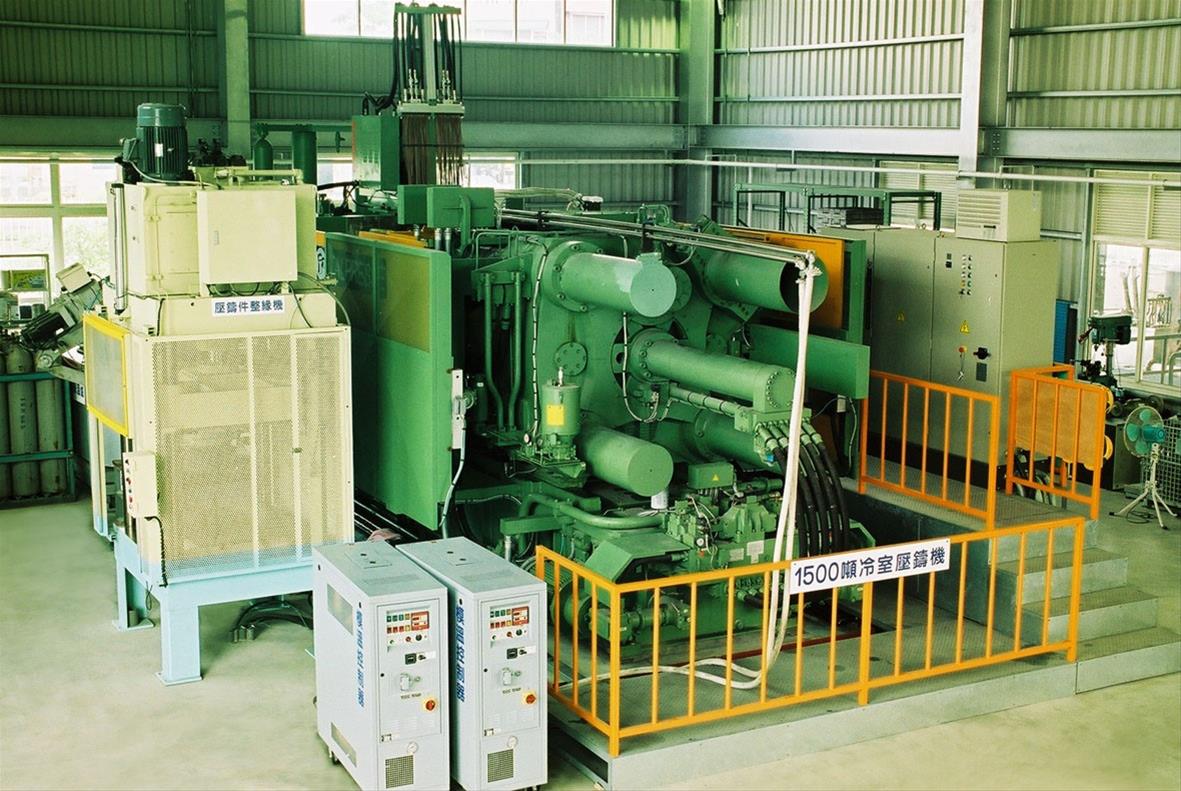
Reviewing the recycling metal policies of major countries in the world, most of them use the concept of sustainable resources to actively deploy metal recycling technologies, and use this to regulate the proportion of recycled materials by downstream applications. The statistics of the United Nations Environment Program (UNEP) indicated that the global metal recycling rate currently exceeds 50%. Among them, the application of secondary aluminum products only accounts for 20% of the total global demand. We can expect that the recycling rate of aluminum will possibly reach to 50% by 2030. Taiwan's aluminum product industry has always been one of the important metal materials for the domestic industrial development. Due to the complete upstream, midstream and downstream peripheral capabilities of the industry, how to create high value of secondary aluminum and expand new markets is definitely the focus of the industry.
Die casting is a suitable process for mass production. The process is to melt aluminum, zinc, magnesium and other alloys, then injects the molten metal into the metal mold at high speed and high pressure and solidify quickly. However, because of the molten metal is injected into the cavity at a high speed, it often sucks air at the same time. Intake of air causes the die-casting parts to contain fine pores, thereby reducing the mechanical strength of the material. These pores as traditional die castings, however, cannot be used for post-processing applications of welding and heat treatment, and can only be used as housing products. In recent years, with the advancement of high-vacuum die casting technology, castings suck less air during casting and are more capable of welding and heat treatment. At present, major foreign automobile and motorcycle manufacturers have used high-vacuum die castings in the structure of automobile and motorcycles, and have begun to encourage the use of secondary aluminum. The method is to add aluminum melt from secondary aluminum. This not only makes the product lighter, but also reduces production costs and increases the value of die castings.
MIRDC continues to play a key role in assisting industry with the support of the Department of Industrial Technology, MOEA. As high vacuum die casting technology has been developed in accordance with the current trend of using secondary aluminum in automobiles and motorcycles to develop molten aluminum cleansing technology. When part of secondary aluminum within factory is used in the die casting process, molten aluminum is still clean enough to produce high-grade die castings, which reduces production costs, maintains the quality of castings, and becomes more competitive. At present, there are not many manufacturers in the world capable of supplying high-grade die-casting parts for this type of automobile structure. As long as the domestic manufacturers can invest in high-vacuum die casting process technology and produce high-grade die casting parts, the opportunities will still come to enter international supply chain and to increase the output value of hundreds of millions NT dollars every year, and find new applications for domestic secondary aluminum materials.